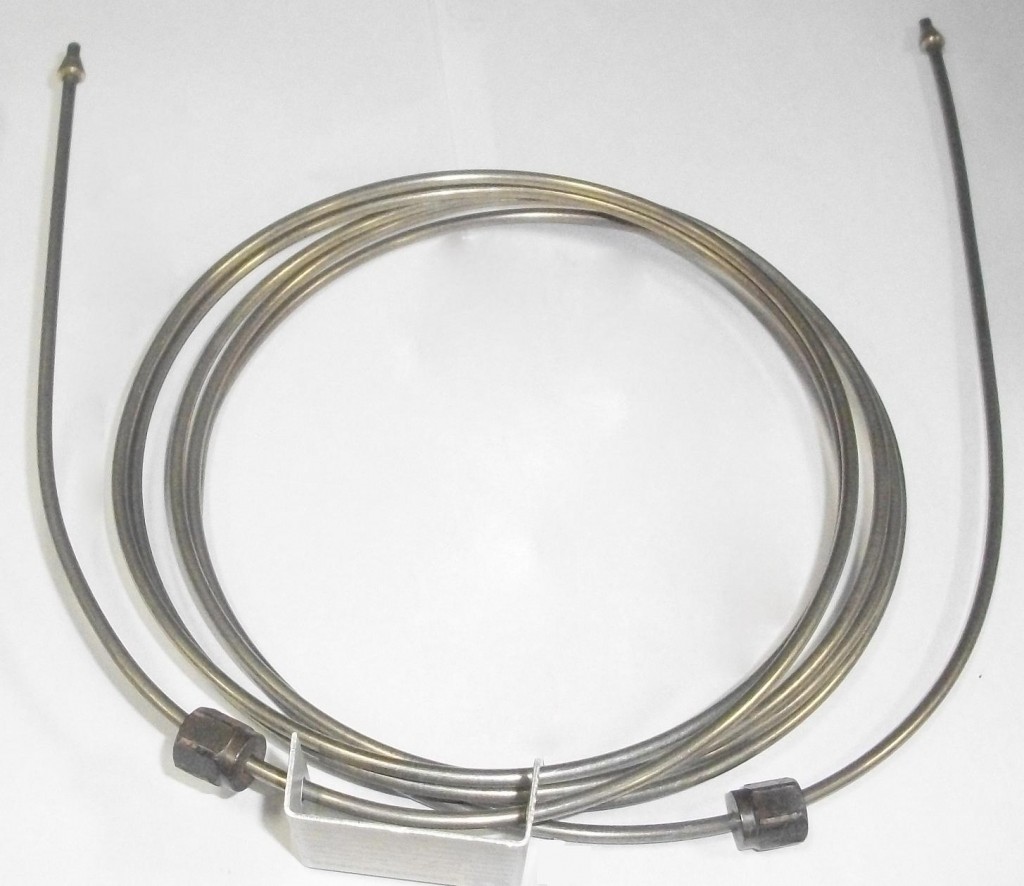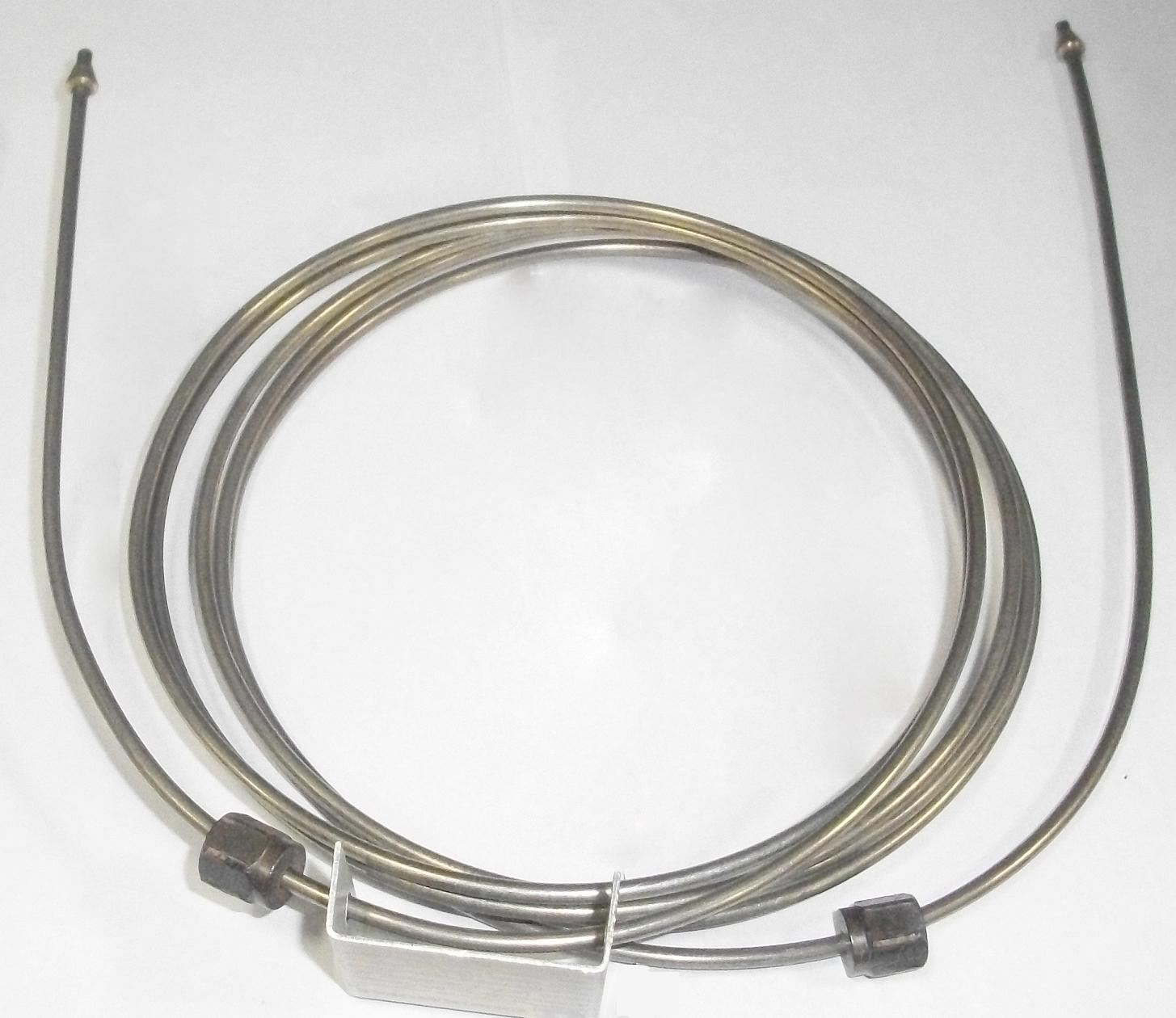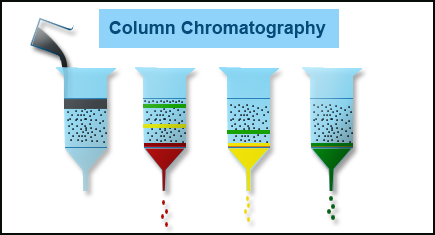Why Capillary Columns are preferred over Packed Columns in Gas Chromatography

A column is a major component of a Gas Chromatograph in which separation of sample components takes place. Gas chromatographic columns are classified into two major categories, namely, packed columns and capillary columns. The types of columns have been discussed in the free course on gas chromatography.
|
|
|
Before moving on to the comparison of these columns and see why capillary options are better than packed ones, let’s learn about each of these columns individually. This will help you understand the differences in a much better way. So let’s begin!
GC Capillary Columns
A gas chromatography capillary column is a popular type which comes with its stationary phase being coated on its inner surface. These columns are mostly preferred over the packed variants because they require smaller amounts of sample for the chromatography process. When we talk about the size of the column, it comes with a diameter measuring only a few tenths of a millimeter.
They are further divided into two parts:
- WCOT: This stands for Wall-Coated Open Tubular columns. It comes with a liquid stationary phase that is coated inside its walls.
- SCOT: This stands for Support-Coated Open Tubular columns. It doesn’t include a direct coating of stationary phase on the walls. Instead, there is a support material, such as diatomaceous earth, lined on the walls of the column. The stationary phase gets absorbed by this material.
The support material in SCOT usually decreases its efficiency as compared to the WCOT type of GC capillary columns. However, both these kinds are more efficient than the packed column GC.
What makes these columns further better is the fact that they give a higher resolution. Even though they are a little expensive, their benefits like polar sample separation compatibility make the price worth it. You should also know that the capillary columns maintain a low pressure inside them.
GC Packed Columns
Another popular column here is the packed column GC. The very first factor that makes it different from the previous variant is that it consists of a fine-particle phase that is entirely packed inside it. Further, it requires large amounts of the sample to conduct gas chromatography successfully. That is why most experts go for the capillary column instead of this one.
Due to the fully-packed stationary phase, the pressure inside the column is maintained at a high value. Its length is shorter as compared to the capillary column, but the diameter here can go up to several millimetres.
The stationary phase here can be available in both solid and liquid forms. In both mediums, there are just fine particles present in the column. However, these particles are well-coated with a liquid in the liquid state.
The primary benefit of these columns is that they are highly efficient in separating lighter gases. Plus, these variants are less expensive than the previous one. Still, you must remember that the packed coluwmns offer less efficiency and poor resolution in most of the cases.
How to Choose GC Columns
From the information as mentioned above, you must have understood the basic differences in the two most common GC columns: capillary column and packed column. Therefore, you can compare them conveniently. But the selection of one of them can be quite confusing.
A question that often comes up is which Column to be used for a particular analysis. Your choice should be based on the general considerations discussed below:
Sample size
Today detectors come with high sensitivities so there is no need for large sample injections. In such situations capillary columns should be the preferred choice. However, if detector sensitivity is low then packed columns can be considered as these have higher sample load capacities.
Cost
Packed columns are less expensive than capillary columns. However, in comparison to capillary columns these have lower resolution efficiencies and larger column bleed.
Resolution Power
Capillary columns provide much better resolution leading to the desired separation between closely spaced peaks
Time saving
The ability to resolve components easily using capillary columns helps to increase laboratory throughput thereby increasing the number of samples that can be analysed in the same time.
Sample Polarity
Packed columns are generally made of stainless steel or glass. Stainless steel columns are generally useful for separation of non polar compounds whereas glass columns are suitable for polar compound separations
Ruggedness
Metallic columns are rugged in nature and can tolerate all types of handling but care should be taken not to drop them as this can disturb the packing inside the column and affect separation power.
On the other hand glass packed columns have zero flexibility and also require careful handling. Capillary columns are fragile in nature and require very careful handling particularly at time of installation and removal inside the column oven.
It can be summarized that capillary columns offer almost all the desirable features required by the gas chromatographer and for this reason have replaced packed columns in almost all present day applications.
The wide bore 0.53 mm id capillary column is able to accommodate large sample capacities and provide higher sensitivity than packed chromatographic column. Such columns are useful for trace component analysis or purity screening using direct injections.
Please share this article with your colleagues and leave your valuable comments.






Responses